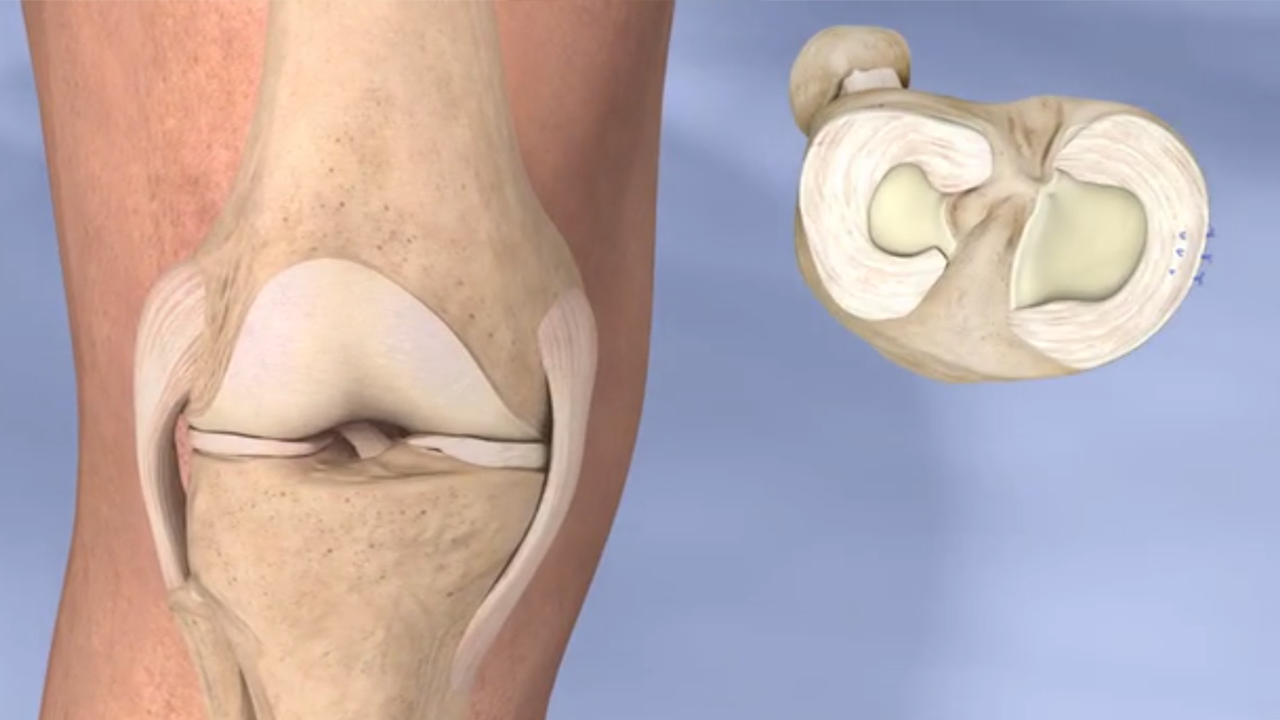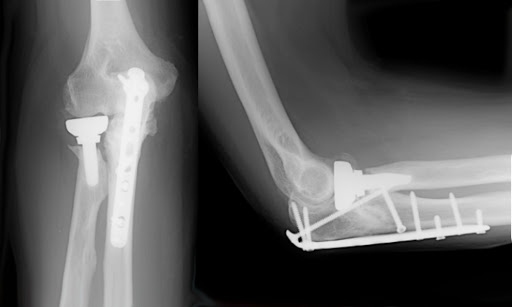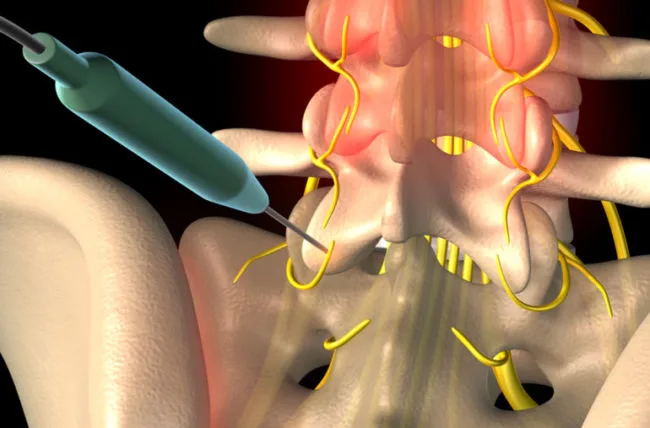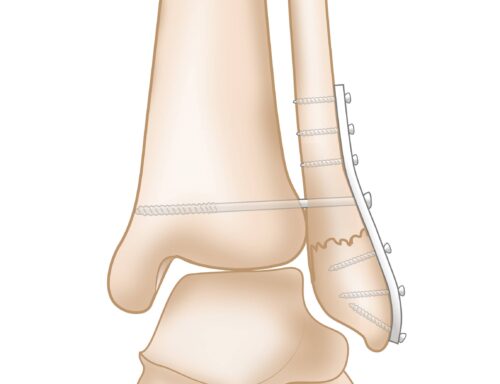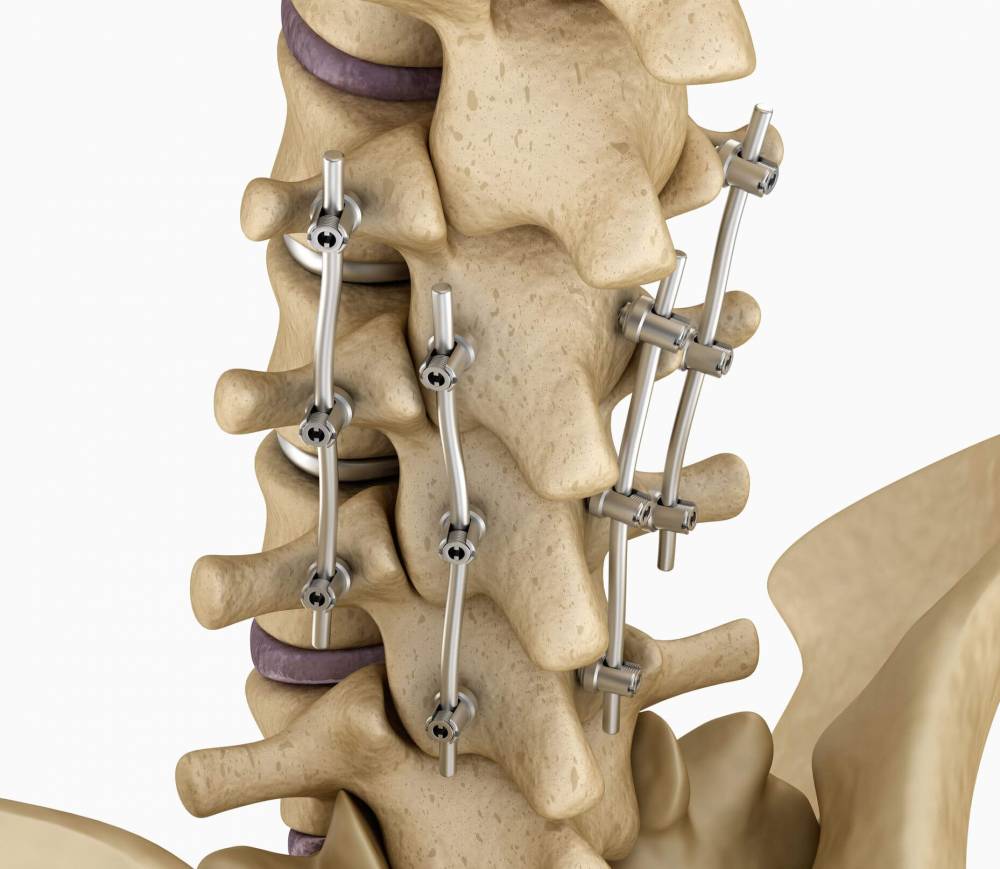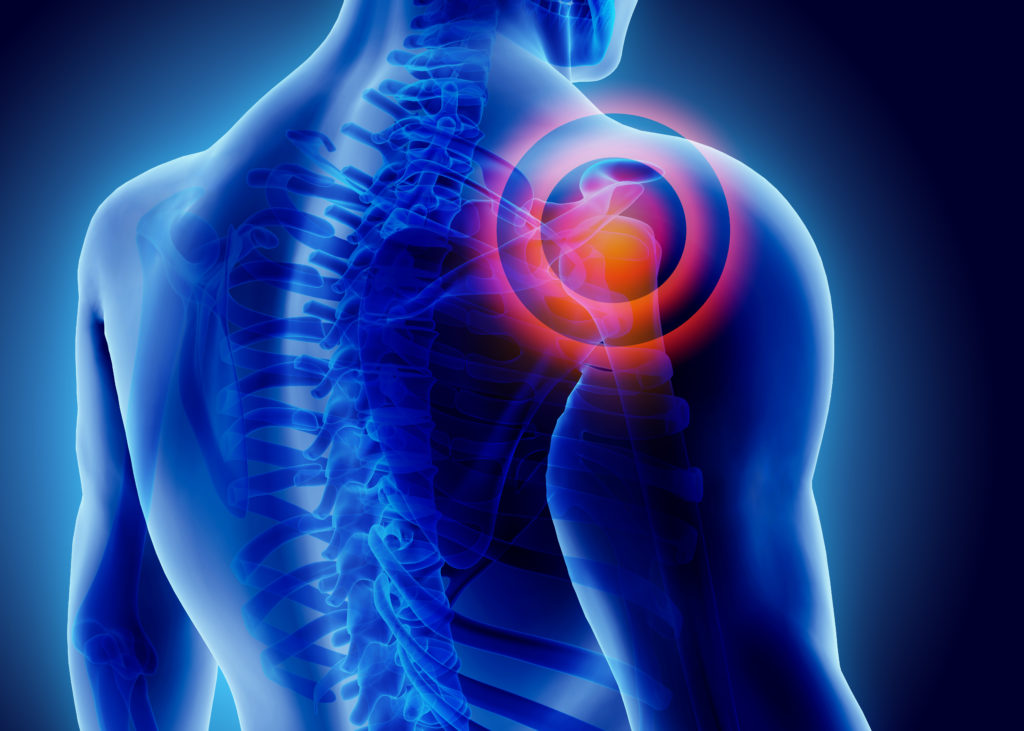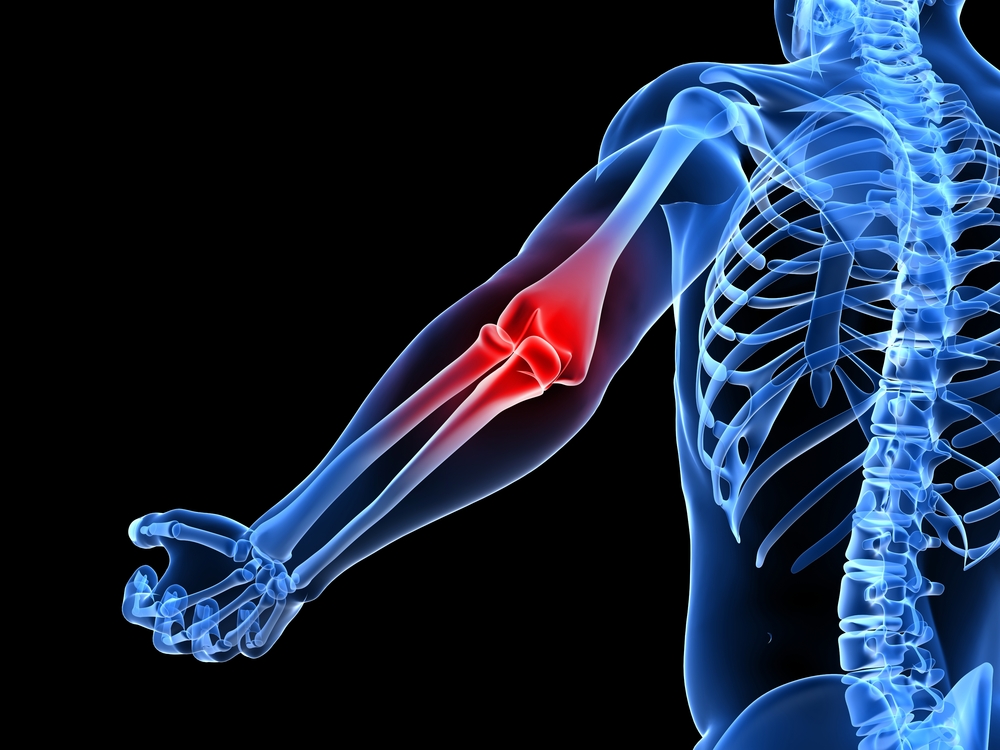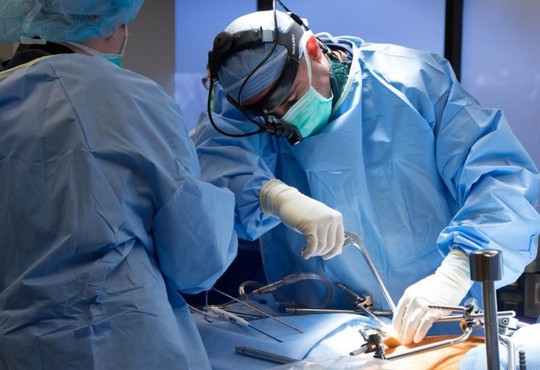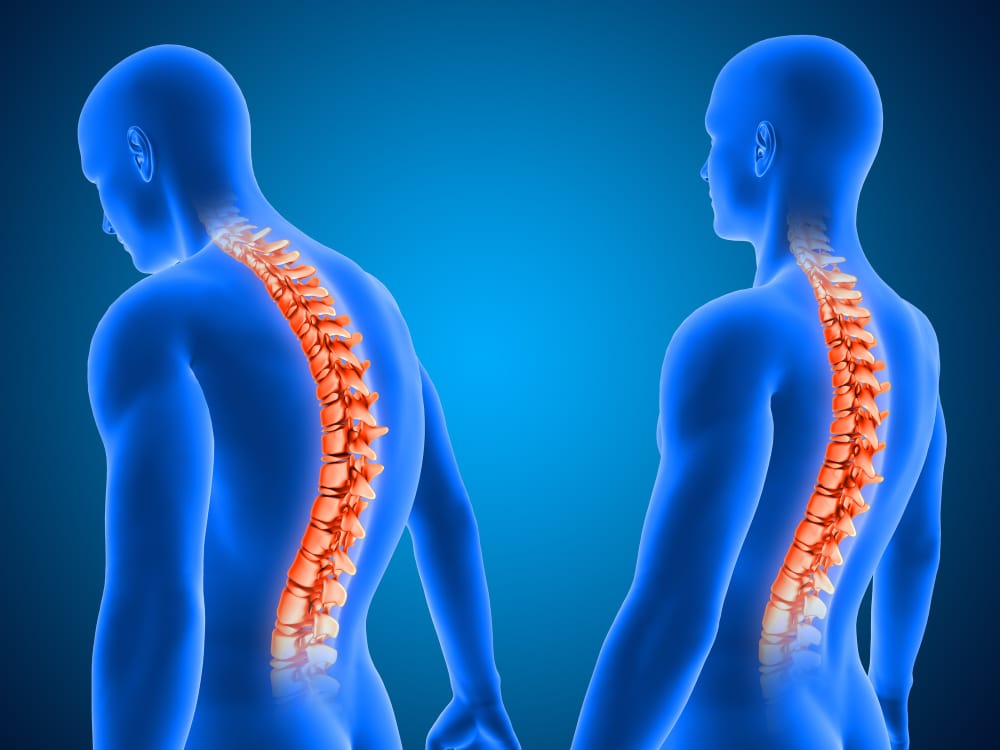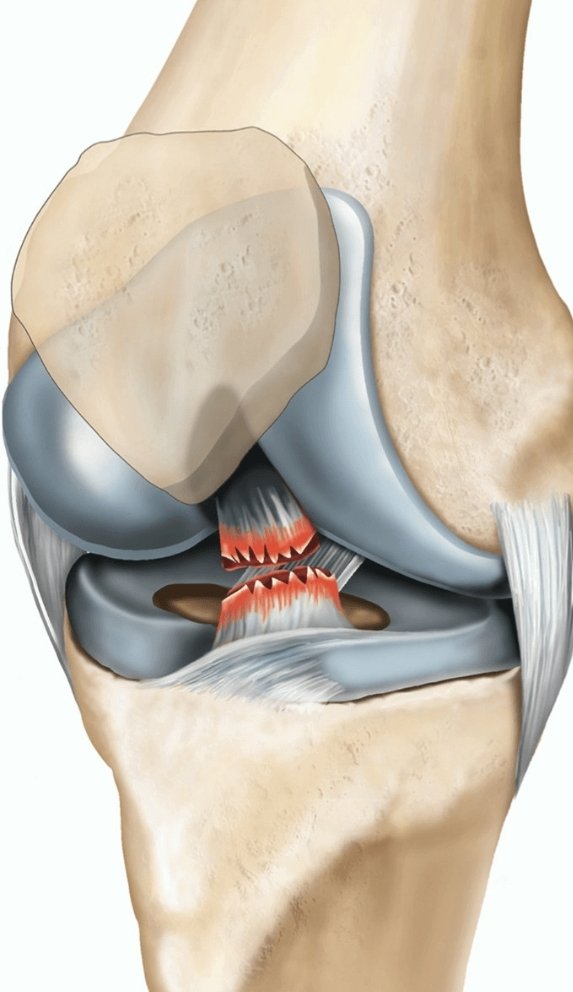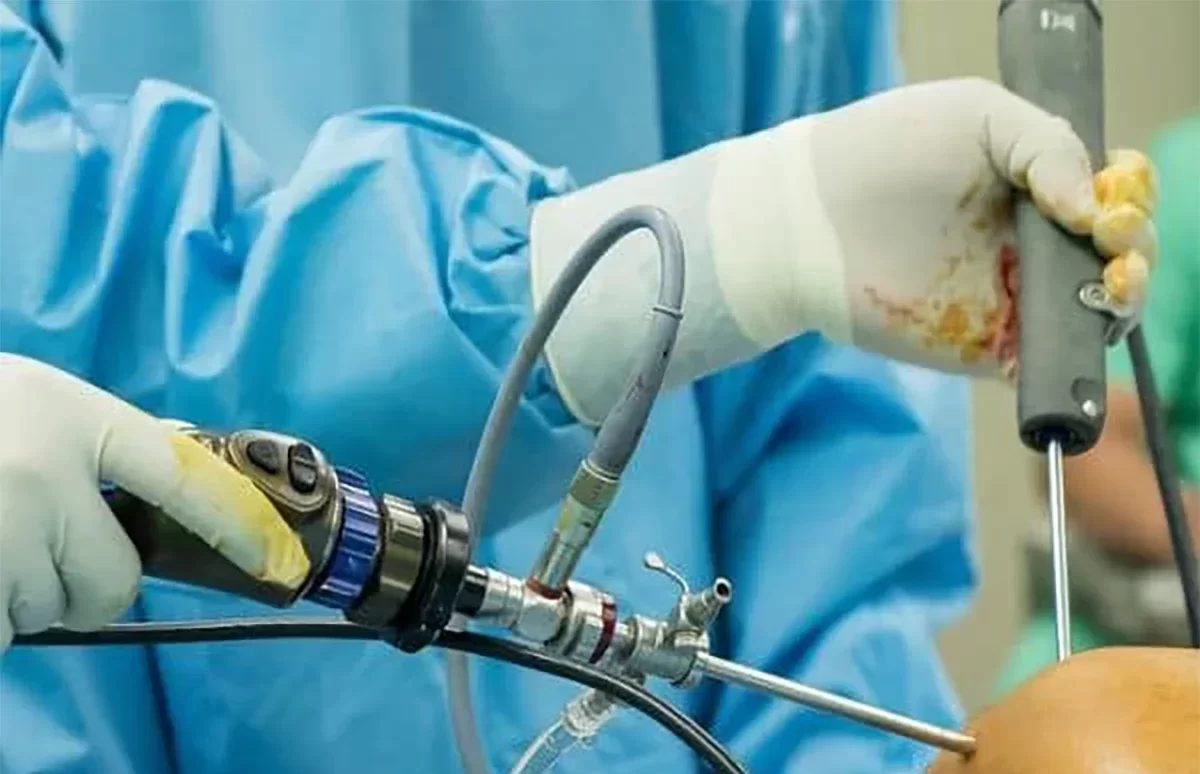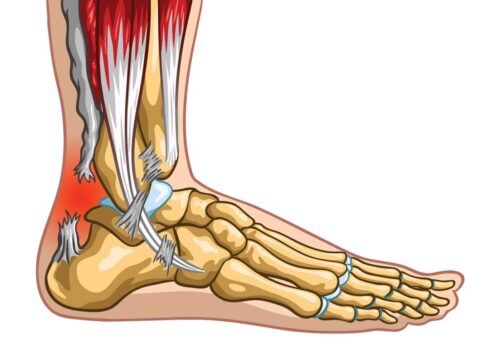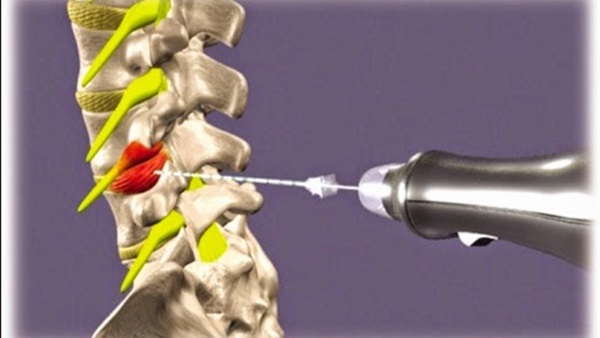Flatfoot Surgery
Flatfoot Surgery, In the following lines of the article, we will answer many questions that come to mind about flatfoot surgery. These include: What is this procedure? What are the procedures that precede and follow the surgery? What is the recovery period after flatfoot surgery? And other information explained in detail in the following article.

Flatfoot Surgery
Flatfoot surgery is a surgical procedure in which the flattening of the foot is corrected. This helps the affected individual to perform activities better and reduces foot pain while walking. Consequently, the person is more capable of moving without experiencing health problems in the foot.
Learn about flatfoot surgery with Dr. Amr Amal, a leading expert in the field of correcting foot deformities and structural abnormalities. Obtain a unique service to improve your quality of life and get rid of foot pain and related challenges.
What is Flatfoot?
Flatfoot, or pes planus, is a medical condition that occurs in the foot and is usually present from birth. Flatfoot can be identified by looking at the person standing on a flat surface; you will notice an absence of any arch in the foot. Sometimes, the condition is apparent when the affected person lifts their foot off the ground.
All children have a natural flatness in their feet present from birth, and a normal foot begins to arch from the age of six years. In most cases, a person with flat feet does not need treatment because it does not cause pain. However, if symptoms such as pain while walking or other health problems occur, treatment becomes one of the essential solutions. For more details regarding flatfoot and the therapeutic methods used, we recommend the following article.
Types of Flatfoot
There are several types of flatfoot, including:
- Flexible Flatfoot: This is one of the most common types of flatfoot, named ‘flexible’ because it appears when the feet are on the ground and returns to normal when lifted. It mostly affects children and teenagers, and its severity can increase over time.
- Rigid Flatfoot: In this case, the flattening of the foot arch is constant, whether the foot is on the ground or lifted. The condition of the foot often worsens with age.
- Acquired Flatfoot: This type of flatfoot occurs due to inflammation or tearing in the leg tendons, affecting the foot itself. The foot arch turns outward, causing severe pain for the affected individual.
- Vertical Talus Flatfoot: The affected person has a congenital defect in the ankle that prevents the formation of a foot arch, leading to a structural imbalance in the foot. This makes movement difficult, and putting pressure on the foot causes pain.
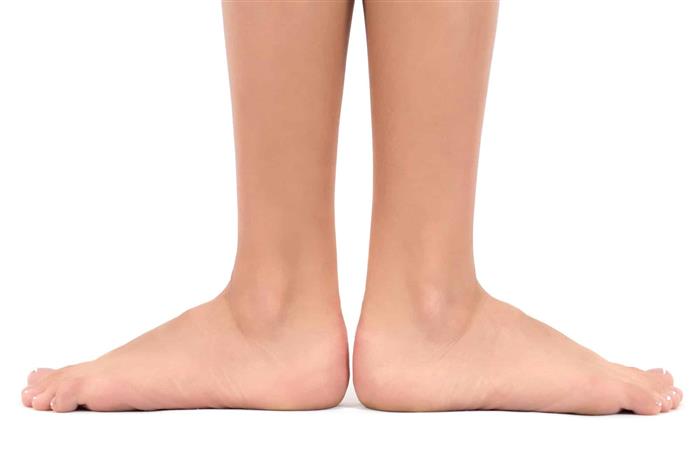
Reasons for Flat Feet
There are several factors that contribute to a person developing flat feet or fallen arches, and one of the most important is genetic factors, which affect the condition of the affected person and contribute to the development of flat feet over time. However, there are several other reasons that can contribute to a person developing flat feet, including:
- Exposure to an Achilles tendon injury, which is the tendon that connects between the calf and the heel.
- Suffering from damage to the posterior tibial tendon in the calf muscle.
- Having a neuropathy or muscular disease, including cerebral palsy.
- Significant weight gain or severe obesity.
- Being diagnosed with Down syndrome.
- Presence of rheumatoid arthritis in the ankle joint.
How Do I Know If I Have Flat Feet?
The symptoms of flat feet are apparent to the affected person, and the doctor can recognize them during the medical examination. Other symptoms may be present apart from the foot shape or pain, such as:
- Severe pain in the arch of the foot.
- Changes in the shape of the toes.
- Feeling pain in the heel or ankle.
- Difficulty walking and having a slight limp while walking.
- Experiencing sharp pain in the muscles of the foot and calf.
- Feeling cramps in the leg as a result of incorrect walking.
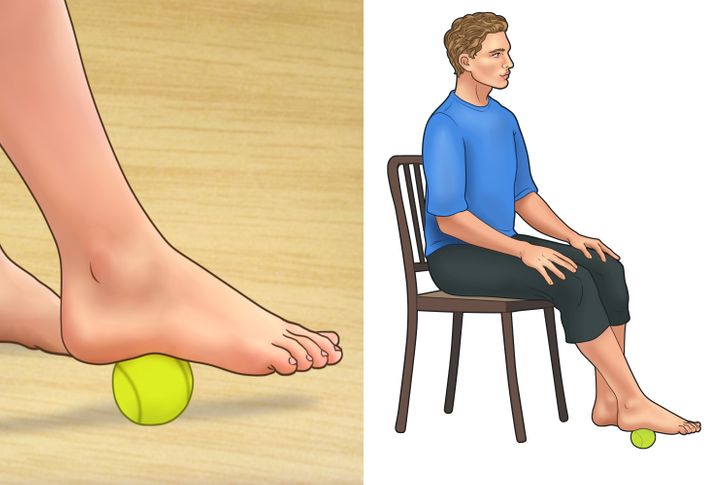
Is Flat Foot a Disability?
In most cases, people with flat feet can live with the condition without experiencing severe pain while walking, and it does not generally affect foot movement. However, acquired flat foot, which occurs as a result of an injury, can lead to a disability in walking, especially if the condition is neglected and complications increase.
The Difference Between Osseous and Soft Tissue Flat Feet
There are types of flat feet, divided into four categories, with the most common being osseous and soft tissue flat feet. These can be described in detail as follows:
- Osseous Flat Foot: This type of flat foot is rigid and present at all times, even when the person is sitting. The condition of the affected person worsens with age.
- Soft Tissue Flat Foot: This is a flexible flat foot, more common in children and teenagers. The arch disappears when the foot is placed on the ground, but it returns when the foot is lifted or when sitting.
Can Flat Feet in Adults Be Treated?
Yes, there is treatment for flat feet in adults, whether surgical or non-surgical. Your treatment plan will be provided by the treating doctor after undergoing X-rays and magnetic resonance imaging, which helps to accurately determine the condition of the foot. Based on this, the treatment plan for the patient is developed.
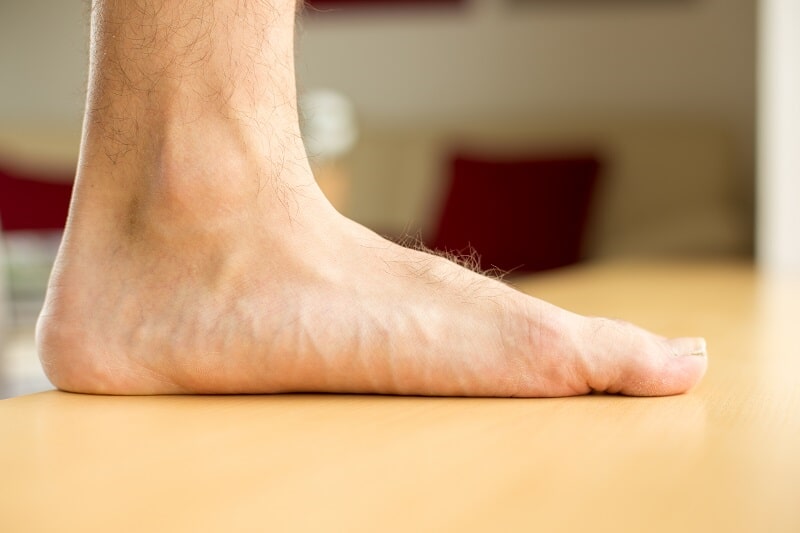
Flat Foot Treatment
The treatment of flat foot in adults is mostly initiated when severe symptoms such as sharp pain while walking, stiffness in the foot, difficulty in foot movement, or engaging in sports activities start to appear. Once these signs emerge, it becomes necessary to start the patient’s specialized treatment program.
Flat foot treatment options may include:
- Using anti-inflammatory medications to alleviate pain.
- Using support devices such as foot and leg braces.
- Taking adequate rest and avoiding overstraining the foot.
- Using ice packs to reduce swelling.
- Performing exercises that are suitable for flat foot condition.
- Surgical intervention may be an option if the patient does not respond to other types of treatment.
Diagnosing Flat Foot
Various methods are employed by doctors to diagnose flat foot, including:
- Diagnosing flat foot through clinical examination.
- Examining the arch area while sitting and standing.
- Checking the leg area and asking the patient about the symptoms, their onset, and any family history of foot injuries.
- Asking the patient to rest their feet on the ground, then stand on their tiptoes, and observing their walking pattern.
- To confirm the diagnosis, the doctor may request an X-ray to examine the bone structure and evaluate the degree of alignment to determine the appropriate treatment level. In some cases, a CT scan, MRI, or electromyography may also be requested.
Flat Foot Treatment with Herbs
There are various methods for treating flat foot, but herbal treatments are not among them. Alternative medicine methods, such as herbal treatments, generally do not have a significant and effective impact on bone-related issues. However, the condition of a flat foot patient can be improved through medication, physical therapy, and assistive devices to restore foot arch, leading to recovery.
Is There a Surgery for Flat Foot?
“Get ready to relieve your foot pain and regain your natural movement with the innovative flat foot surgery at Dr. Amr Amal’s clinics.”
Yes, there is a surgical procedure to treat flat foot or the flattening that occurs in the natural arch of the foot. Surgical intervention is the last resort for orthopedic doctors in treating flat foot after exhausting all available non-surgical treatment options.
Candidates for Flat Foot Surgery
Not all individuals with flat foot require surgical intervention. Symptoms vary among patients, ranging from no symptoms at all and no impact on their lives (who do not need surgery) to those experiencing pain, restricted movement, and who meet the following criteria:
- Individuals with flat foot experiencing persistent and constant pain.
- Those feeling tingling and numbness, indicating nerve damage.
- Individuals requiring physical activity and movement, which is hindered by flat foot.
- Patients for whom all non-surgical treatment methods have failed due to bone deformities.
- Individuals of any age group but in good health to undergo surgical intervention.
- Those not suffering from any diseases that would prevent them from undergoing general anesthesia.

Flat Foot Surgery
The flat foot surgery, or flatfoot operation, is a type of treatment that helps restore the foot’s ability to walk without pain and contributes to the patient’s return to their normal activities with ease. During the flatfoot surgery, doctors start by adjusting parts of the tendons, bones, or ligaments in the foot so that the patient can regain their activity. The procedure is carried out in the following steps:
All steps of the flat foot correction surgery are conducted under general anesthesia, and the doctor may also use local anesthesia for the foot in addition to the general anesthesia to ensure a longer period of numbness. The doctor then begins to repair the tendon responsible for the flat foot problem by replacing it with another tendon from the body, a phase known as the reconstruction of the posterior tibial tendon. Subsequently, the doctor proceeds to repair the ankle bones by cutting some parts and may need to fix them using a surgical metal screw. The doctor will place a cast after the surgical procedure from the knee to the toes to secure it.
What Happens Before Flat Foot Surgery
Before undergoing flat foot surgery, several medical procedures are carried out, which help in improving the patient’s condition more and avoiding potential complications. The steps before flat foot surgery include:
Conducting a full diagnosis of the patient and performing the necessary examinations. Ensuring that the patient’s condition allows them to undergo surgery. Administering certain types of anti-inflammatory medications about a week before the surgery. Measuring all of the patient’s vital activities on the day of the surgery, such as blood pressure. Quitting smoking and alcohol for the longest possible duration, which could range from 4 to 8 months before the surgery at least, as smoking reduces the healing rate and the ability of the wound to heal, in addition to the possibility of increasing the formation of clots in the lungs and limbs.
Flat Foot Surgery
The flat foot surgery is one of the medical procedures that helps in treating flatfoot. More than one surgery can be performed on a foot affected by flatfoot, which includes:
Tendon Change: This surgery is performed when there is damage to the foot’s tendons, and they are replaced with new ones that are more robust than the damaged ones, thereby providing support to the foot. Tendon Correction: This surgery involves adjusting the tendon to make the tendons tight and restore the foot’s arch. Cutting Foot Bone: This surgery is performed by cutting a part of the foot’s bones and re-fixing the bones with plates and screws, which works to restore the foot’s arch. Ligament Repair: The ligaments between the foot and the ankle may undergo atrophy, causing flatfoot and sharp pain. In this surgery, the damage is repaired to return the person to their normal state and restore the foot’s arch.
Flat Foot Surgery for Children
“Collaborate with a specialized and experienced team in treating flatfoot in children to benefit from exceptional care and innovative solutions at Dr. Amr Amal’s clinics.”
Children are born with a natural flatness in the foot, and the flat part of the foot begins to arch after reaching the age of 6 years. However, if a child becomes affected by flatfoot and this impacts their walking or causes them severe foot pain, doctors may resort to flat foot surgery in this case.
Flat foot surgery for children essentially relies more on changing, correcting, or cutting the bones, tendons, and ligaments in the foot, which works to adjust the arch in it, and consequently, the patient begins to feel improvement. The recovery rate and duration in children are less because the body has a higher ability to adjust than adults.
Treatment of Flatfoot in Children
The presence of flat feet in children generally does not require treatment because it is a result of the child’s age and begins to resolve over time. However, if the child experiences pain or has difficulty walking due to flat feet, traditional treatment methods such as exercise and the use of supportive devices like shoes can be considered.
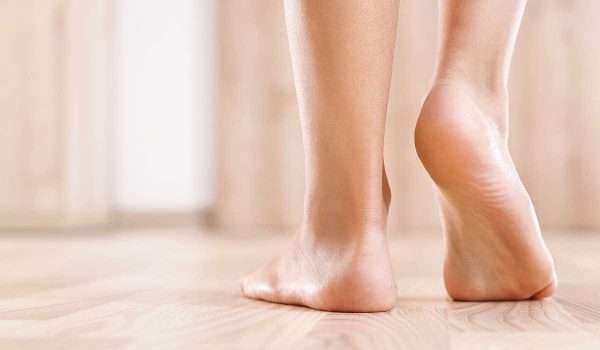
Post-Operative Procedures for Flatfoot Surgery
After flatfoot surgery, the patient should follow some important steps to cope with the recovery period, which includes:
- Taking prescribed medications to alleviate post-surgical pain, which should gradually decrease.
- Ensuring regular medical follow-up after the surgery.
- Starting a physiotherapy program during and after hospital discharge.
- Getting sufficient rest to allow the foot wound to heal properly.
- Avoiding excessive exertion that could complicate the recovery.
- Not placing heavy loads on the feet.
- Refraining from smoking throughout the recovery period.
- Elevating the feet above heart level to reduce swelling from the surgery.
- Keeping the cast dry and away from any water sources.
Complications of Flatfoot Surgery
Complications from flatfoot surgery are very rare, thanks to the high success rate of these types of surgeries. However, if complications occur, they may manifest as follows:
- Infection in the wound due to inadequate sterilization, which is very rare, and antibiotics provide complete protection against this.
- Development of deep vein thrombosis; if the patient is at risk of clots, the doctor will prescribe anticoagulant medications.
- Nerve damage, leading to numbness.
- Bleeding due to vascular atrophy.
- Continuation of pain after the surgery, requiring further intervention.
- Improper bone healing.
Success Rate of Flatfoot Surgery
“Prepare to regain a life free from pain and limitations with innovative flatfoot surgeries that enhance your quality of life and mobility at Dr. Amr Amal’s clinic.”
It is important to be cautious before undergoing flatfoot surgery. The patient should undergo various scans and tests to assess their actual condition and determine whether the surgery is suitable for them. Flatfoot surgery has indeed achieved a success rate of over 98%, thanks to medical advancements in this field.
Recovery Time After Flatfoot Surgery
After surgery, the patient will need time to recover, heal, and relieve the associated pain. Post-surgery, the patient may use a cast to stabilize the leg, and may later need to wear medical shoes for a certain period, as recommended by the doctor.
The patient can expect a suitable recovery period ranging from 6 to 12 weeks, with attention to specific types of physiotherapy aimed at relieving pain, improving the condition of the foot after surgery, and strengthening the leg muscles.
Expected Results After Flat Foot Surgery
Certainly, the patient will notice an improvement in their condition and gradually feel better after the surgery. They will be able to perform usual sports exercises and physical activities within 6 to 12 months post-surgery. The doctor will determine the most important developments to be followed during follow-up appointments, such as:
- During the first two weeks, the patient must wear a plaster cast.
- After two weeks and up to one and a half months, the patient will remove the plaster cast and replace it with crutches and specialized shoes post-surgery.
- In the period ranging from one and a half months to 12 weeks, the patient will get rid of crutches, and the doctor will provide supports to be fitted in the shoes.
- After 12 weeks, the patient will be able to get rid of the supports, wear regular shoes, return to work very normally, and resume their daily activities.
Disadvantages of Flat Foot Surgery
Flat foot surgery has some advantages that we benefit from, but on the other hand, it is not without its disadvantages, which include the following:
- The patient needs a significant recovery period after the surgery, ranging from 6 to 8 weeks.
- The total healing time after the surgery may take between one to two years for the person to return to their normal life.
- The patient spends a considerable amount of time in a plaster cast after the surgery.
- The patient needs physical therapy after undergoing the surgery.
- Symptoms may worsen if the bones and wounds do not heal correctly.
What is the cost of Flat Foot Surgery?
The cost of flat foot surgery in Egypt ranges from 116,000 to 250,000 Egyptian pounds. This price variation is due to several factors including the type of surgery the flat foot patient will undergo, the duration of hospital stay, the doctor following up the case, among others.
Discover a bright future for your bone health with Dr. Amr Amal and his outstanding team in flat foot surgery.
Does Obesity Cause Flat Foot?
Obesity can be one of the causes of flat foot because excess weight causes additional pressure on the foot, thereby increasing the condition of flat foot in affected individuals. Therefore, a balanced diet that helps reduce weight is one of the treatment methods that the patient follows during the treatment of flat foot.
Does Flat Foot Cause Back Pain?
“Enjoy comfort and immediate relief from back pain with the advanced and effective flat foot surgery at Dr. Amr Amal.”
Yes, flat foot can affect the vertebrae in the back, especially if the symptoms of the condition increase in the patient, resulting in pain in the lower back vertebrae and discomfort while walking or standing for long periods.
Alternatives to Flat Foot Surgery
A doctor may recommend a person with flat feet to consult a physical therapist, who will guide them through certain exercises and treatment methods that help reduce pain, in addition to the following alternatives:
- Taking pain-relief medications.
- Using insoles in shoes to support the foot.
- Engaging in foot stretching exercises.
- Wearing specific types of comfortable and wide shoes with no heels.
The Best Doctor for Flat Foot Surgery
Flat foot surgery requires a skilled and experienced doctor, and this is what Dr. Amr Amal offers. He is one of the best orthopedic surgeons in Egypt, distinguished in performing successful flat foot surgeries. Dr. Amr serves as a faculty member at Ain Shams University, focusing on patient comfort, attentively listening to their complaints, and finding the best solutions to treat their issues and alleviate their pain. He follows organized and successful treatment plans that have a significant positive impact on resolving the patient’s issue. Dr. Amr relies on the latest technologies and methods in his treatment, keeping up to date with the newest advancements and technological developments in this field.

